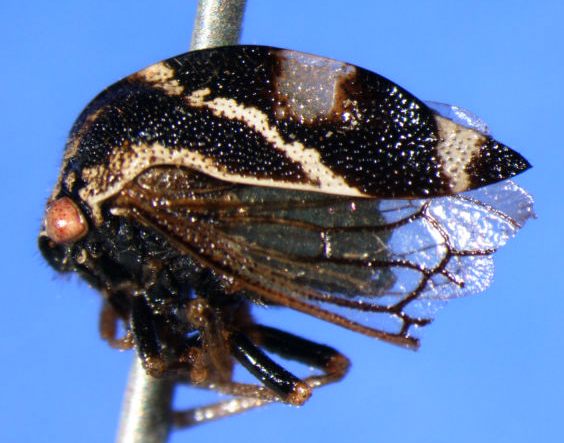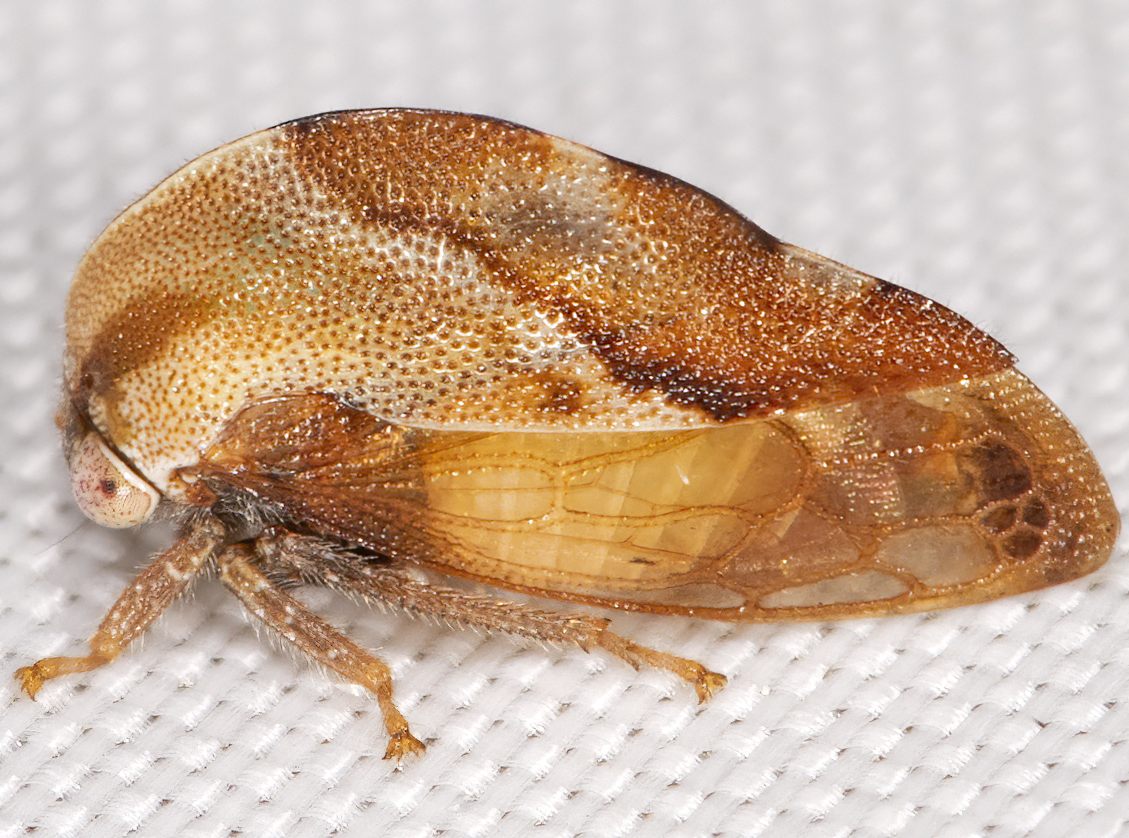Species Photo Gallery for Cyrtolobus discoidalis No Common Name 16 |
 | Photo by: Erich Hofmann
Craven Co.
Comment: https://www.inaturalist.org/observations/76957759 | 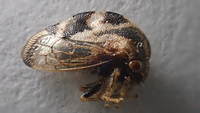 | Photo by: Erich Hofmann
Craven Co.
Comment: https://www.inaturalist.org/observations/76957759 |
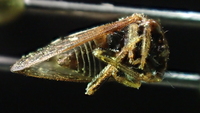 | Photo by: Erich Hofmann
Craven Co.
Comment: https://www.inaturalist.org/observations/76957759 |  | Photo by: Erich Hofmann
Craven Co.
Comment: https://www.inaturalist.org/observations/76957759 |
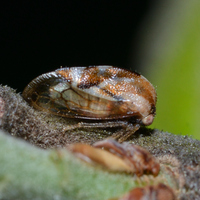 | Photo by: Margarita Lankford
Orange Co.
Comment: https://www.inaturalist.org/observations/209865942 | 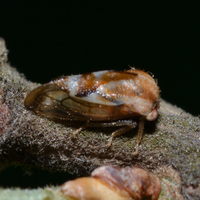 | Photo by: Margarita Lankford
Orange Co.
Comment: https://www.inaturalist.org/observations/209865942 |
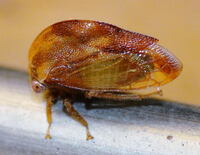 | Photo by: Kyle Kittelberger, Brian Bockhahn, Paul Scharf
Halifax Co.
Comment: | 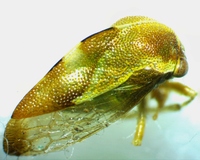 | Photo by: Ken Kneidel
Mecklenburg Co.
Comment: 5.1 mm female trapped in Tanglefoot on a a tree band on Quercus phellos |
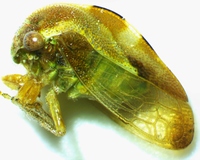 | Photo by: Ken Kneidel
Mecklenburg Co.
Comment: 5.1 mm female trapped in Tanglefoot on a a tree band on Quercus phellos |  | Photo by: Ken Kneidel
Mecklenburg Co.
Comment: 5.1 mm female trapped in Tanglefoot on a a tree band on Quercus phellos |
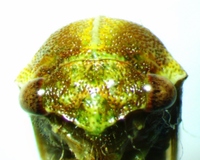 | Photo by: Ken Kneidel
Mecklenburg Co.
Comment: 5.1 mm female trapped in Tanglefoot on a a tree band on Quercus phellos | 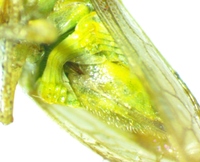 | Photo by: Ken Kneidel
Mecklenburg Co.
Comment: 5.1 mm female trapped in Tanglefoot on a a tree band on Quercus phellos |
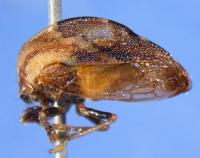 | Photo by: Matt Wallace
Out Of State Co.
Comment: male and female | 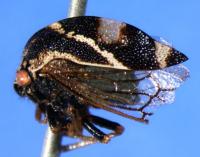 | Photo by: Matt Wallace
Out Of State Co.
Comment: male and female |
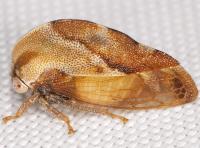 | Photo by: Mark Shields
Onslow Co.
Comment: female | 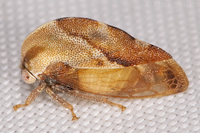 | Photo by: Mark Shields
Onslow Co.
Comment: |
|

 »
»